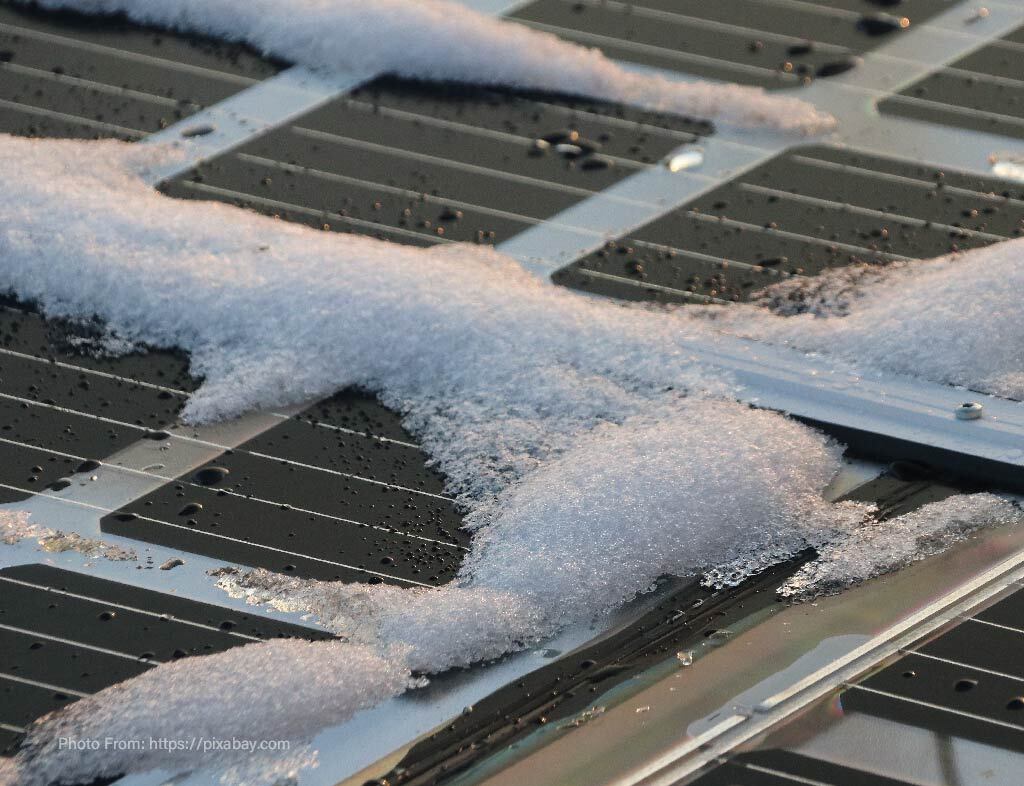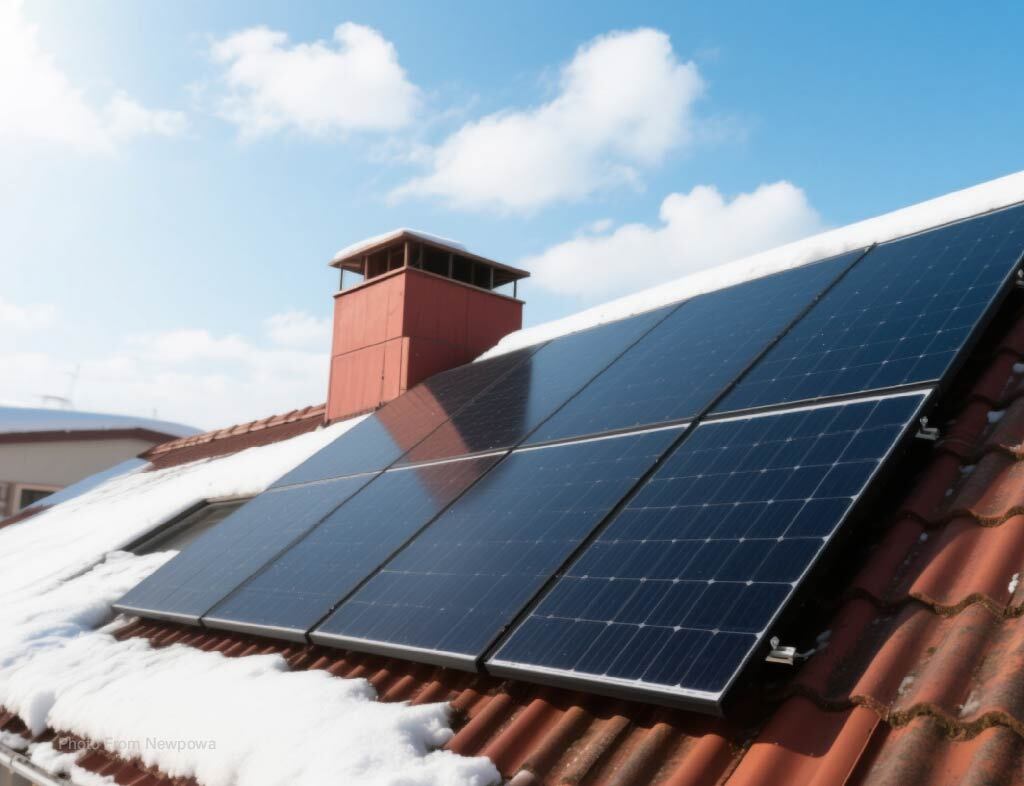WINTER-PROOFING YOUR SOLAR SETUP: PREPARING FOR COLD WEATHER
5th Nov 2025
As temperatures drop and daylight hours shorten, solar systems face their toughest season. While solar panels can actually perform more efficiently in cool air, winter brings challenges that can reduce overall production and strain energy storage. To keep your off-grid system running smoothly through the cold months, it’s essential to prepare both panels and batteries for the unique demands of winter.

The first priority is protecting your batteries from freezing temperatures. When the mercury drops, chemical reactions inside batteries slow down, reducing capacity and output. For lithium batteries, sub-freezing temperatures can even cause long-term damage if charged when too cold. The best solution is insulation and controlled temperature. If your system allows it, house the batteries indoors or in a temperature-regulated enclosure. In remote installations where this isn’t possible, thermal wraps or heating pads powered by the system itself can maintain a safe operating range. It also helps to keep batteries partially charged rather than fully drained, since higher states of charge generate a bit of internal warmth and resist freezing more effectively. For users in extremely cold climates, a charge controller with low-temperature cutoff protection is a smart safeguard to prevent accidental charging below freezing.
Next comes snow and ice management. Solar panels rely on unobstructed sunlight, and even a thin layer of snow can significantly block output. Yet the solution isn’t as simple as brushing them off. Using hard tools or sharp objects can scratch the glass surface, reducing panel efficiency permanently. Instead, use a soft foam brush or a snow rake with a rubber edge to clear panels without damage. If panels are mounted at a steeper tilt angle, much of the snow will slide off naturally once the sun warms them slightly. Avoid pouring hot water or using chemicals to melt ice—these methods can cause cracks from rapid temperature changes or leave residue that reduces light absorption. A little patience often pays off, as panels darken faster under sunlight and melt snow more quickly than surrounding surfaces.
Harsh winter weather also tests your wiring and connections. Ice, wind, and moisture can all affect exposed cables. Check all connectors for tight seals, and use UV-resistant conduit or cable covers to shield wires from direct exposure. Flexible cables can become brittle in freezing weather, so look for strain relief where movement might occur, such as between panels and mounts. Corrosion is another hidden risk; a small amount of dielectric grease on exposed metal contacts can prevent moisture from causing oxidation. Even something as simple as securing loose cables to prevent them from rubbing against sharp metal edges during high winds can make a major difference in long-term reliability.

Taking time to winter-proof your solar setup pays off in both performance and longevity. A well-maintained system will continue producing energy even on short, overcast days, ensuring your off-grid power remains dependable when you need it most. With insulated batteries, clean panels, and protected wiring, your solar array will stand resilient through snow, frost, and freezing nights—ready to capture every available ray of winter sunlight.
